Our clinic provides a supportive and nurturing environment where together, we can explore your health and wellness goals and find the best path for you.
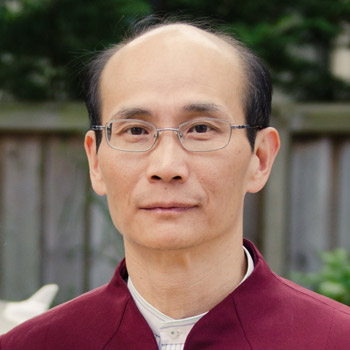
Registered Traditional Chinese Medicine Practitioner
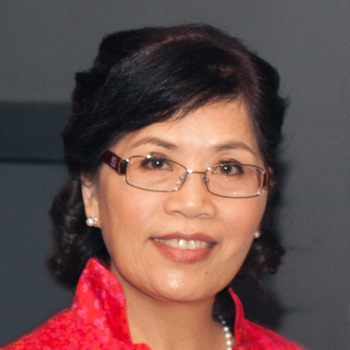
Remedial Massage Therapist
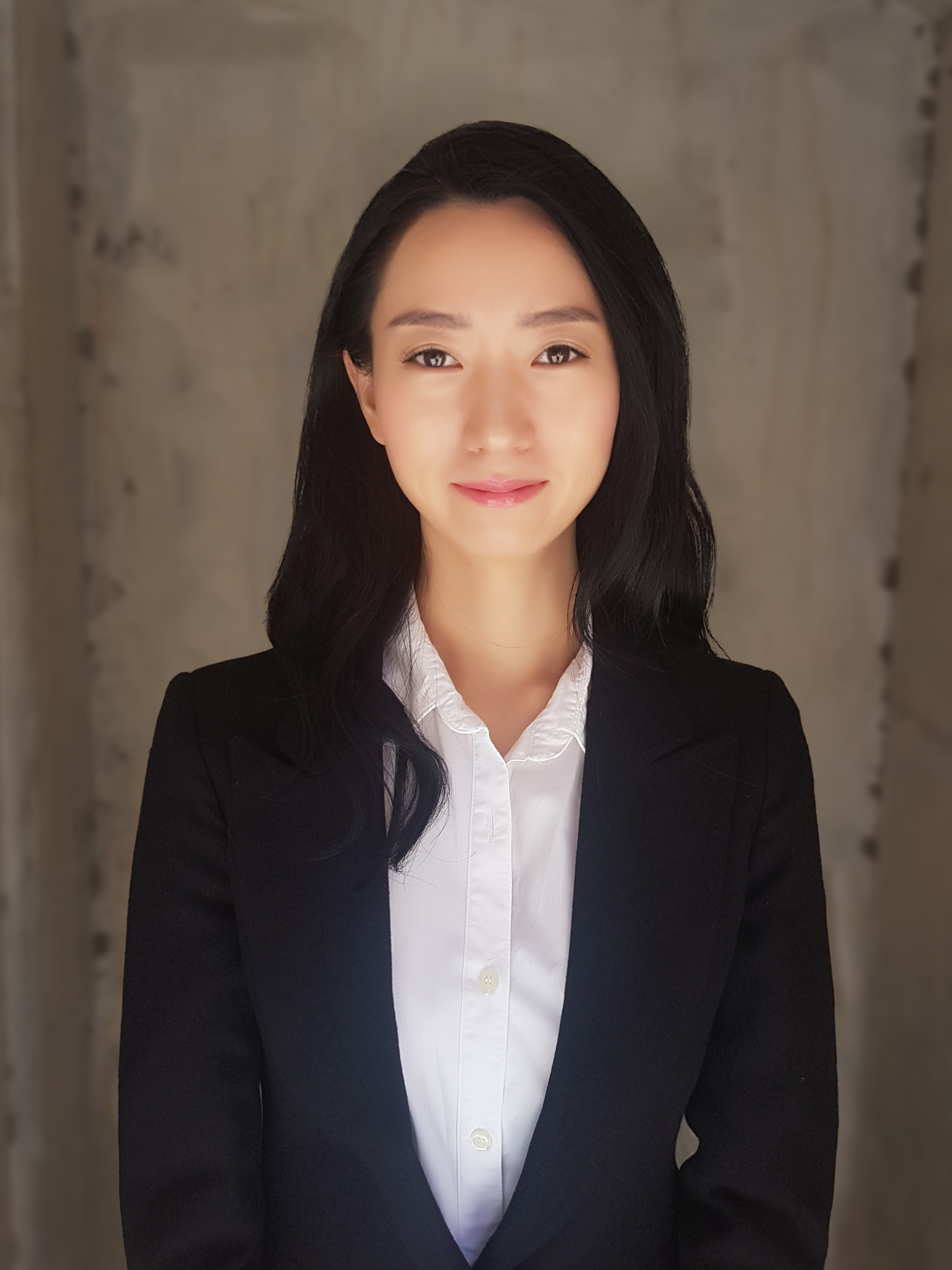
Registered Traditional Chinese Medicine Practitioner

Registered Traditional Chinese Medicine Practitioner
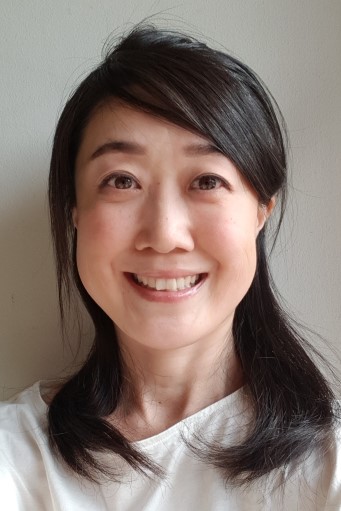
Registered Traditional Chinese Medicine Practitioner
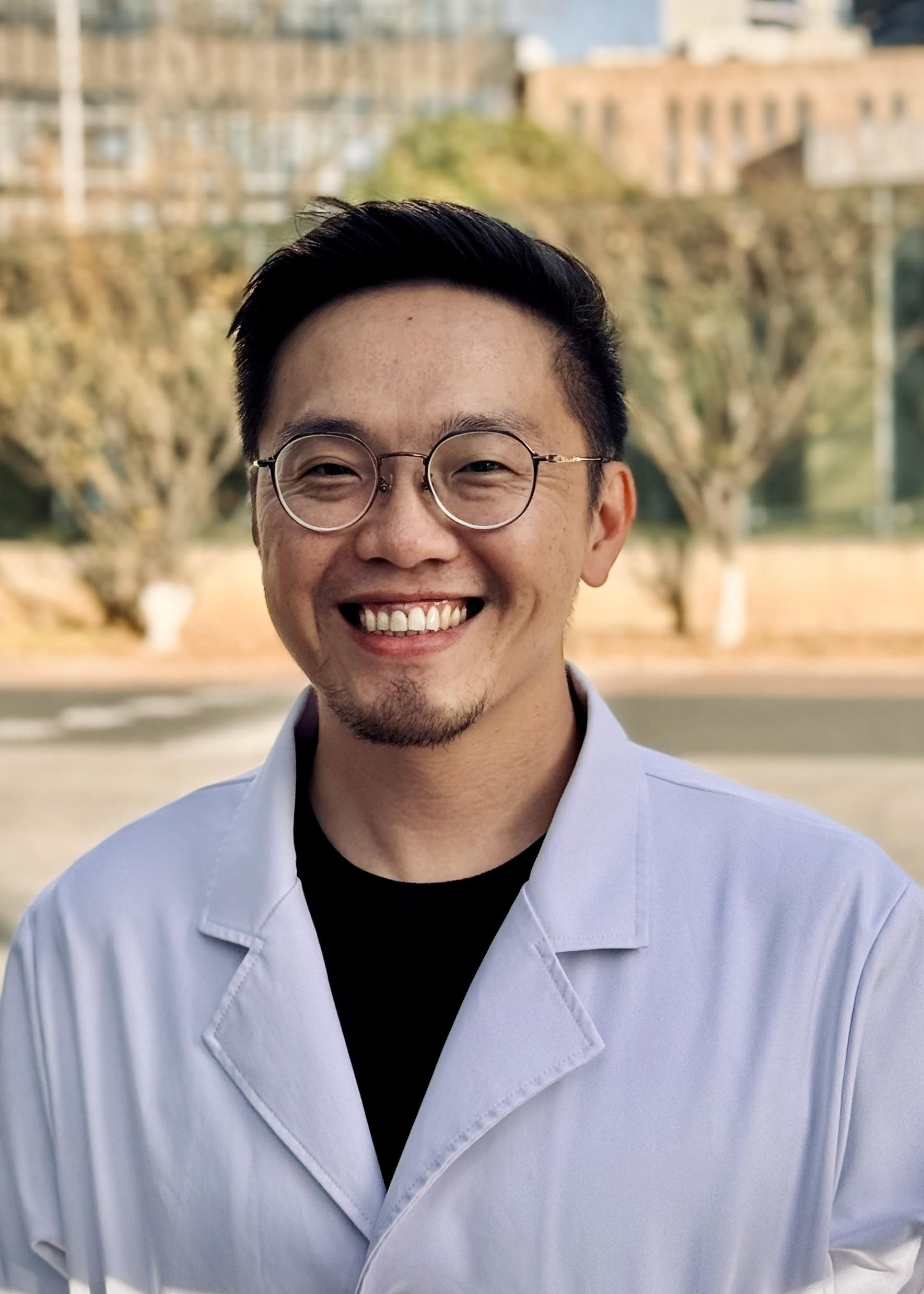
Registered Traditional Chinese Medicine Practitioner
Bill began his career training in medicine where he worked in university hospitals in Taiwan principally as an anaesthesiologist but due to the integration of traditional and modern medicine in Taiwan, Bill was able to apply, record and witness the effects of acupuncture in the pain management clinic, intensive care and emergency units, under medical monitoring, reducing the amount of anaesthetic required for operations as well as reducing side effects and improving post-operative recovery, inclusive of preventing the need for some operations.
In this first chapter Bill also gave up his little free time to more remote hospitals where his skills were much needed. Almost a decade later Bill moved out of the city to the mountainous area and took on a missionary hospital where he was able to apply his knowledge and skills to design the operation facilities, set up the medical education department facilitating education for doctors and nurses as well as publishing research.
Eventually he was to settle in Australia leaving western medicine behind to forge a thriving Chinese Medicine practice alongside his wife Candy at Vital Energetic. He is also a principal lecturer at Sydney Institute of Traditional Chinese Medicine. Bill not only has exceptional results with his clients but is an inspiration to his students, conducting his practice and teaching with both intellect and compassion.
Founding Vital Energetic over 10 years ago and setting up as a remedial massage therapist, Candy applies her in depth expertise that she gained as a physiotherapist which she practised after graduating for over 8 years in hospitals both in Hong Kong and as head of the physiotherapy department in Taiwan.
In this time she gained competence working in rehabilitation with people affected by stroke, quadriplegic, paraplegic and cerebral palsy.
Candy brings warmth and joy as well as a vast insight to musculoskeletal conditions, bringing about relief and prevention to her faithful clients.
Lina is a highly experienced acupuncturist with over 10 years of practice, with experience in a wide range of areas including pain management, mental health, women’s health, fertility, fatigue, digestive health, and cosmetic acupuncture. Her treatments cater to individuals of all ages, from infants to the elderly.
Lina developed a strong interest in musculoskeletal health during her Master’s degree in Traditional Chinese Medicine at Western Sydney University (WSU). She further enhanced her expertise by gaining clinical experience in Korea and China. In addition, Lina pursued a course in Cosmetic Acupuncture & Dermatology, which focuses not only on the skin’s surface but also on promoting inner health to support beauty from within.
By combining acupuncture with specialised massage techniques, Lina supports both physical and emotional well-being, tailoring her approach to manage a variety of conditions. She firmly believes in a holistic treatment philosophy, where acupuncture is complemented by essential dietary and lifestyle advice to help her patients achieve long-term health and balance. In her free time, she takes care of herself by practicing yoga.
Dr (TCM) Fei Lim has been working in the health care industry for more than 25 years. Fei graduated in year 2000 as a pharmacist in South Australia. Having to work in clinical, oncology, palliative care, rehabilitation and IVF areas, Fei is passionate about providing comprehensive and quality healthcare to the community but recognising the limitations of Western medicine, in particularly its focus on a disease-based models.
Fei first became interested in Traditional Chinese Medicine after seeing how it supported her uncle’s wellbeing during cancer treatment, sparking her passion for holistic care. She is drawn to TCM for its focus on preventative health and its view of the environment, body, mind, and spirit as deeply interconnected. By integrating Eastern and Western perspectives, Fei aims to provide a comprehensive and personalised approach to patient care.
Fei undertook her second Bachelor degree of Traditional Chinese Medicine at Sydney Institute of Traditional Chinese Medicine and received a clinical internship with Dr Bill Fung soon after she completing her degree.
Fei is passionate about helping people with various health complaints in the best possible way and assisting them to stay on the path of recovery. She likes to create a more positive and comfortable patient experience, fostering trust and promoting better health outcomes.
Fei’s areas of focus include preventative health, musculoskeletal pain and sports injuries, women’s health and IVF support, stress management, sleep quality, mental well-being, cosmetic acupuncture, and the holistic support of patients affected by chronic or complex conditions. She integrates Chinese herbal medicine, Lin’s Structural & Fascial Alignment, guasha, cupping, moxibustion, micro-bleeding, scalp acupuncture, abdominal acupuncture, JiYi acupuncture, Master Tung’s acupuncture, Balance Acupuncture, Wu Yun Liu Qi, and lifestyle advice to offer her patients a comprehensive and holistic approach to care.
Fei is a registered Acupuncturist and Chinese Herbal practitioner with AHPRA (Australian Health Practitioner Regulation Agency) and full member of ANTA (Australian Natural Therapies Association).
Yukiko is a licensed Acupuncturist and Practitioner of Traditional Chinese Medicine. Born and raised in Japan, she completed her formal studies and qualifications in Australia. She is dedicated to a holistic approach that helps restore balance and supports long term health for both body and mind.
Yukiko offers thoughtful, personalised care for a wide range of concerns from musculoskeletal pain and mental health issues like anxiety or low mood, to digestive troubles, sleep difficulties, women’s health, fertility and pregnancy support, and skin conditions. She has completed training in cosmetic acupuncture and continually strives to expand her care by tailoring treatments to meet each individual’s unique needs with precision and care.
Her treatments blend the gentle, refined techniques of Japanese acupuncture with the holistic approach of Traditional Chinese Medicine, incorporating abdominal diagnosis (腹 診) as a key part of her assessment. This allows her to gain deeper insight into internal imbalances and tailor treatments accordingly. Sessions may also include moxibustion, and herbal support, delivered in a safe and reassuring way to suit each patient’s lifestyle and goals.
Having experienced the benefits of Traditional Chinese Medicine herself after a judo related injury, Yuki understands the importance of feeling truly cared for. She is committed to providing professional, compassionate care that helps busy, health conscious people reconnect with their natural balance and well-being.
Sam is a Traditional Chinese Medicine practitioner who combines the wisdom of ancient practices with a deep commitment to holistic, patient-centered care. Holding a Bachelor of Traditional Chinese Medicine from Western Sydney University and a Master’s in Social Work from Hong Kong, Sam brings unique expertise in supporting both physical and emotional well-being.
His clinical experience spans Australia and China, including intensive training at the renowned Nanjing Hospital of Traditional Chinese Medicine, where he worked across dermatology, mental health, musculoskeletal disorders, gynaecology, men’s health and more. This exposure to different specialties was invaluable, yet Sam has always believed that true healing requires seeing the whole person, not just their symptoms or diagnoses.
For him, even when a patient presents with something as specific as low back pain, the story often involves digestion, emotions, or the quiet signals of daily life. Recognised with the Outstanding Student Award in his final year at WSU, Sam is known for his thoughtful approach and attentive listening.
Sam has a special interest in Master Tung’s Acupuncture, Lin’s Structural & Fascial Alignment, Tan’s Balance Method, and Turtle Abdominal Acupuncture, using these techniques to help restore balance and vitality for his patients.
Before officially joining Vital Energetic Clinic, Sam was a placement student under the mentorship of founder Bill Fung, which helped him align his philosophy with the clinic’s focus on compassion, respect, and the transformative power of Traditional Chinese Medicine. He has since joined the team to work toward these shared goals.
For Sam, healing is an art that balances knowledge and empathy. As a father of two, he enjoys simple family moments such as watching anime together or having a picnic. He also treasures quiet time alone with a good book. Sam finds inspiration both in the warmth of family life and in the quiet wisdom at the heart of Traditional Chinese Medicine.
Lorem Ipsum is simply dummy text of the printing and typesetting industry. Lorem Ipsum has been the industry's standard dummy text ever since the 1500s, when an unknown printer took a galley of type and scrambled it to make a type specimen book. It has survived not only five centuries, but also the leap into electronic typesetting, remaining essentially unchanged. It was popularised in the 1960s with the release of Letraset sheets containing Lorem Ipsum passages, and more recently with desktop publishing software like Aldus PageMaker including versions of Lorem Ipsum.
Why do we use it?
It is a long established fact that a reader will be distracted by the readable content of a page when looking at its layout. The point of using Lorem Ipsum is that it has a more-or-less normal distribution of letters, as opposed to using 'Content here, content here', making it look like readable English. Many desktop publishing packages and web page editors now use Lorem Ipsum as their default model text, and a search for 'lorem ipsum' will uncover many web sites still in their infancy. Various versions have evolved over the years, sometimes by accident, sometimes on purpose (injected humour and the like).
Where does it come from?
Contrary to popular belief, Lorem Ipsum is not simply random text. It has roots in a piece of classical Latin literature from 45 BC, making it over 2000 years old. Richard McClintock, a Latin professor at Hampden-Sydney College in Virginia, looked up one of the more obscure Latin words, consectetur, from a Lorem Ipsum passage, and going through the cites of the word in classical literature, discovered the undoubtable source. Lorem Ipsum comes from sections 1.10.32 and 1.10.33 of "de Finibus Bonorum et Malorum" (The Extremes of Good and Evil) by Cicero, written in 45 BC. This book is a treatise on the theory of ethics, very popular during the Renaissance. The first line of Lorem Ipsum, "Lorem ipsum dolor sit amet..", comes from a line in section 1.10.32.
The standard chunk of Lorem Ipsum used since the 1500s is reproduced below for those interested. Sections 1.10.32 and 1.10.33 from "de Finibus Bonorum et Malorum" by Cicero are also reproduced in their exact original form, accompanied by English versions from the 1914 translation by H. Rackham.
Why do we use it?
It is a long established fact that a reader will be distracted by the readable content of a page when looking at its layout. The point of using Lorem Ipsum is that it has a more-or-less normal distribution of letters, as opposed to using 'Content here, content here', making it look like readable English. Many desktop publishing packages and web page editors now use Lorem Ipsum as their default model text, and a search for 'lorem ipsum' will uncover many web sites still in their infancy. Various versions have evolved over the years, sometimes by accident, sometimes on purpose (injected humour and the like).
Where does it come from?
Contrary to popular belief, Lorem Ipsum is not simply random text. It has roots in a piece of classical Latin literature from 45 BC, making it over 2000 years old. Richard McClintock, a Latin professor at Hampden-Sydney College in Virginia, looked up one of the more obscure Latin words, consectetur, from a Lorem Ipsum passage, and going through the cites of the word in classical literature, discovered the undoubtable source. Lorem Ipsum comes from sections 1.10.32 and 1.10.33 of "de Finibus Bonorum et Malorum" (The Extremes of Good and Evil) by Cicero, written in 45 BC. This book is a treatise on the theory of ethics, very popular during the Renaissance. The first line of Lorem Ipsum, "Lorem ipsum dolor sit amet..", comes from a line in section 1.10.32.
The standard chunk of Lorem Ipsum used since the 1500s is reproduced below for those interested. Sections 1.10.32 and 1.10.33 from "de Finibus Bonorum et Malorum" by Cicero are also reproduced in their exact original form, accompanied by English versions from the 1914 translation by H. Rackham.
BLAH BLAH BLAH BLAH MODAL 2
Why do we use it?
It is a long established fact that a reader will be distracted by the readable content of a page when looking at its layout. The point of using Lorem Ipsum is that it has a more-or-less normal distribution of letters, as opposed to using 'Content here, content here', making it look like readable English. Many desktop publishing packages and web page editors now use Lorem Ipsum as their default model text, and a search for 'lorem ipsum' will uncover many web sites still in their infancy. Various versions have evolved over the years, sometimes by accident, sometimes on purpose (injected humour and the like).
Where does it come from?
Contrary to popular belief, Lorem Ipsum is not simply random text. It has roots in a piece of classical Latin literature from 45 BC, making it over 2000 years old. Richard McClintock, a Latin professor at Hampden-Sydney College in Virginia, looked up one of the more obscure Latin words, consectetur, from a Lorem Ipsum passage, and going through the cites of the word in classical literature, discovered the undoubtable source. Lorem Ipsum comes from sections 1.10.32 and 1.10.33 of "de Finibus Bonorum et Malorum" (The Extremes of Good and Evil) by Cicero, written in 45 BC. This book is a treatise on the theory of ethics, very popular during the Renaissance. The first line of Lorem Ipsum, "Lorem ipsum dolor sit amet..", comes from a line in section 1.10.32.
The standard chunk of Lorem Ipsum used since the 1500s is reproduced below for those interested. Sections 1.10.32 and 1.10.33 from "de Finibus Bonorum et Malorum" by Cicero are also reproduced in their exact original form, accompanied by English versions from the 1914 translation by H. Rackham.
Why do we use it?
It is a long established fact that a reader will be distracted by the readable content of a page when looking at its layout. The point of using Lorem Ipsum is that it has a more-or-less normal distribution of letters, as opposed to using 'Content here, content here', making it look like readable English. Many desktop publishing packages and web page editors now use Lorem Ipsum as their default model text, and a search for 'lorem ipsum' will uncover many web sites still in their infancy. Various versions have evolved over the years, sometimes by accident, sometimes on purpose (injected humour and the like).
Where does it come from?
Contrary to popular belief, Lorem Ipsum is not simply random text. It has roots in a piece of classical Latin literature from 45 BC, making it over 2000 years old. Richard McClintock, a Latin professor at Hampden-Sydney College in Virginia, looked up one of the more obscure Latin words, consectetur, from a Lorem Ipsum passage, and going through the cites of the word in classical literature, discovered the undoubtable source. Lorem Ipsum comes from sections 1.10.32 and 1.10.33 of "de Finibus Bonorum et Malorum" (The Extremes of Good and Evil) by Cicero, written in 45 BC. This book is a treatise on the theory of ethics, very popular during the Renaissance. The first line of Lorem Ipsum, "Lorem ipsum dolor sit amet..", comes from a line in section 1.10.32.
The standard chunk of Lorem Ipsum used since the 1500s is reproduced below for those interested. Sections 1.10.32 and 1.10.33 from "de Finibus Bonorum et Malorum" by Cicero are also reproduced in their exact original form, accompanied by English versions from the 1914 translation by H. Rackham.
Copy the script found in the page settings, and paste it in your project.
On elements that should disable the scroll / lock the page when clicked (e.g. the button to open the popup), add the custom attribute "scroll"="disable"
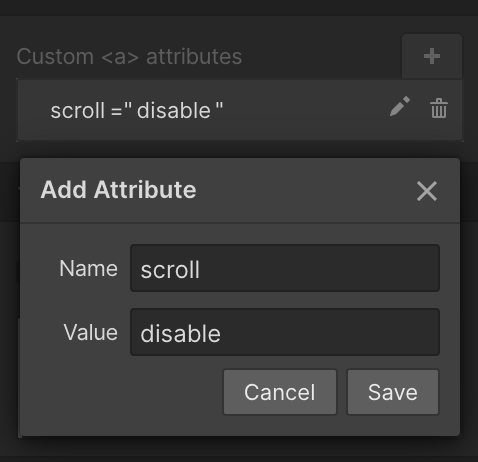
On elements that should enable the scroll / unlock the page when clicked (e.g. the exit icon), add the custom attribute "scroll"="enable"
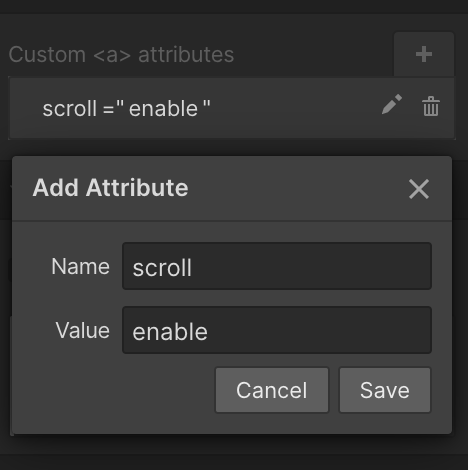
That's it!
~~~
Why do we use it?
It is a long established fact that a reader will be distracted by the readable content of a page when looking at its layout. The point of using Lorem Ipsum is that it has a more-or-less normal distribution of letters, as opposed to using 'Content here, content here', making it look like readable English. Many desktop publishing packages and web page editors now use Lorem Ipsum as their default model text, and a search for 'lorem ipsum' will uncover many web sites still in their infancy. Various versions have evolved over the years, sometimes by accident, sometimes on purpose (injected humour and the like).
Where does it come from?
Contrary to popular belief, Lorem Ipsum is not simply random text. It has roots in a piece of classical Latin literature from 45 BC, making it over 2000 years old. Richard McClintock, a Latin professor at Hampden-Sydney College in Virginia, looked up one of the more obscure Latin words, consectetur, from a Lorem Ipsum passage, and going through the cites of the word in classical literature, discovered the undoubtable source. Lorem Ipsum comes from sections 1.10.32 and 1.10.33 of "de Finibus Bonorum et Malorum" (The Extremes of Good and Evil) by Cicero, written in 45 BC. This book is a treatise on the theory of ethics, very popular during the Renaissance. The first line of Lorem Ipsum, "Lorem ipsum dolor sit amet..", comes from a line in section 1.10.32.
The standard chunk of Lorem Ipsum used since the 1500s is reproduced below for those interested. Sections 1.10.32 and 1.10.33 from "de Finibus Bonorum et Malorum" by Cicero are also reproduced in their exact original form, accompanied by English versions from the 1914 translation by H. Rackham.
Why do we use it?
It is a long established fact that a reader will be distracted by the readable content of a page when looking at its layout. The point of using Lorem Ipsum is that it has a more-or-less normal distribution of letters, as opposed to using 'Content here, content here', making it look like readable English. Many desktop publishing packages and web page editors now use Lorem Ipsum as their default model text, and a search for 'lorem ipsum' will uncover many web sites still in their infancy. Various versions have evolved over the years, sometimes by accident, sometimes on purpose (injected humour and the like).
Where does it come from?
Contrary to popular belief, Lorem Ipsum is not simply random text. It has roots in a piece of classical Latin literature from 45 BC, making it over 2000 years old. Richard McClintock, a Latin professor at Hampden-Sydney College in Virginia, looked up one of the more obscure Latin words, consectetur, from a Lorem Ipsum passage, and going through the cites of the word in classical literature, discovered the undoubtable source. Lorem Ipsum comes from sections 1.10.32 and 1.10.33 of "de Finibus Bonorum et Malorum" (The Extremes of Good and Evil) by Cicero, written in 45 BC. This book is a treatise on the theory of ethics, very popular during the Renaissance. The first line of Lorem Ipsum, "Lorem ipsum dolor sit amet..", comes from a line in section 1.10.32.
The standard chunk of Lorem Ipsum used since the 1500s is reproduced below for those interested. Sections 1.10.32 and 1.10.33 from "de Finibus Bonorum et Malorum" by Cicero are also reproduced in their exact original form, accompanied by English versions from the 1914 translation by H. Rackham.
218 Belmore Road South
(Corner of Belmore Rd & Littleton St)
Riverwood NSW 2210
9:00 am - 6:00 pm
Monday - Saturday
Closed on Sunday & public holidays.